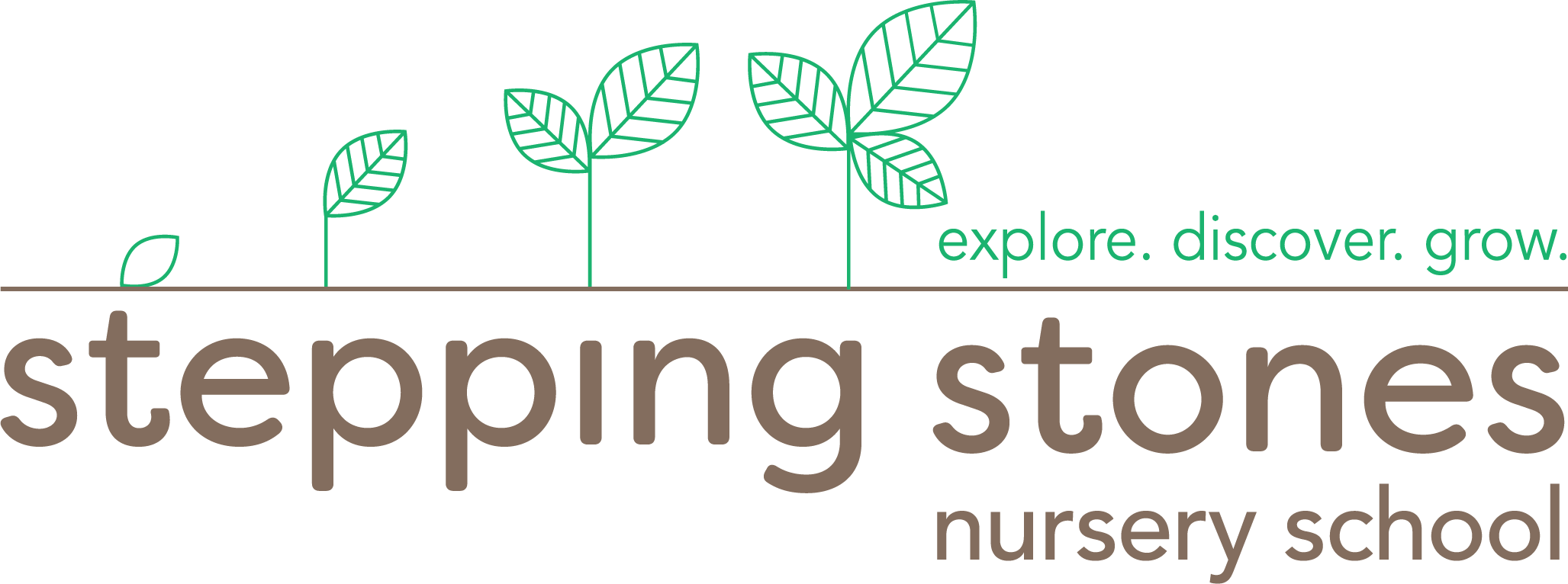Turkey handprints, glittery paper Christmas ornaments, and cut-outs of Santa are typical staples of the holiday season. Pinterest boards dedicated to pre-fabbed crafting experiences are filling up and fridges transform into make-shift galleries for our little one’s precious creations. What if instead of creating projects for your child to copy you were able to create a memory and an experience with the result being a glorious expression of the moment?
The experience of creating art that provides the greatest value to their young minds when we free them from rigor and expectation. While there is value in providing children with structure and teaching them how to follow instructions, art is not the time for this. Parents and teachers do these young artists a disservice if they don’t ever let their imagination wander. Sitting children down and instructing them to draw a specific object, or paint a particular scene, restricts them to the limitations of the project. By contrast, empowering children to create what they want frees them to explore and engage their creative minds, learning more about the world around them as they play and explore
This isn’t always for the faint of heart. As parents, most of us learned to follow rules and have an expectation of what the result should be and learning to engage in process-based art can be really uncomfortable. But the object of early-childhood artistic expression is not to craft realistic representations of which Rembrandt would be proud. Instead, it is for them to discover the joy of art, and to have fun.
What is process art?
Simply put, this creative philosophy emphasizes the journey and experience of creating over the end result. Instead of aiming for a certain result at the finish, or to end up with a pretty picture, the object of creating object art is to encourage free expression and to enjoy the process of making art.
Benefits of process-based art:
- Fine motor skills
- Gross motor skills and coordination
- Sensory exploration
- Creativity and self-expression
- Art techniques
- Risk-taking
- Spatial reasoning
While professional artists might work under expectations to create a specific object, or produce results of a certain quality, placing similar expectations on a child can be harmful. While adult artists have years of experience to draw from, children learn more from open-ended, unbounded activity. When a pre-school child sits down with construction paper, poster paint, glitter, and other supplies and just goes to town, it might look like they’re making a mess (and if there is glitter you know it’s going to be a big one). What they’re really accomplishing, though, is building their minds. Freeform art sessions enable them to explore the world of art, find out what they like, see how things work, and develop the way they express themselves to the rest of the world.
Craft projects vs. creativity
There is nothing wrong at all with having a young child create a specific craft. These step-by-step projects can be fun–what’s more, they can help create wonderful memories that connect generation to generation. Most adults who came up through the US school system, for example, once followed a teacher’s instruction to trace their little hands on a piece of construction paper and (through the magic of safety scissors and glue) create an adorable turkey. When a child brings home such a treasure and hands it over, the parent receiving it often instantly thinks back to their school days and smiles.
The trouble with craft-based creation, though, is the child is given little or no room to be themselves. They follow very rigid steps, are given no opportunity to explore or express their own creative interests, and in the end, every child’s project is virtually identical to every other. Craft-making all too often encourages not creativity, but conformity.
Getting the art started
In order for early-education students to create, they don’t need very much from parents or teachers to get the ball rolling. You don’t need to have fancy, expensive materials to make their mini masterpieces. It does, however, help if the tools they are given are things they are familiar with. Provide them with construction paper, crayons, paints and brushes and other items that are age-appropriate and safe (leave the pointy scissors stowed away). Meri Cherry has some great inspiration for activities like salt painting and woodworking, and they all look like so much fun!
Another important element: encouragement. When a junior Picasso sets to create a work of art, reassurance can help keep their creative brains moving. By contrast, adults should avoid providing criticism–for example, “Shouldn’t the sky be blue?” or “The roof on that cottage looks crooked” and other such points stand to discourage them and take the fun out of creation. This negative direction steers them to create like you, not think for themselves. When young children express themselves artistically, there is no right or wrong–just enjoyment.
If you’re the kind of mom (like me) who gets a little antsy about the mess these art sessions will bring, a little prep from you can make the clean up a lot easier. Lay down newspaper or a tablecloth on the work surface, put your child in a smock to keep their clothes clean, and have a broom and cleaning wipes handy to take care of spills. Instead of dwelling on the mess you have an opportunity to focus on the expression and expansion happening in your child’s mind, and maybe you can even get a little messy, too!
Encouraging early-education students to create and grow is something Stepping Stones is very passionate about. If you’d like to find out more about our program please reach out to us here.

